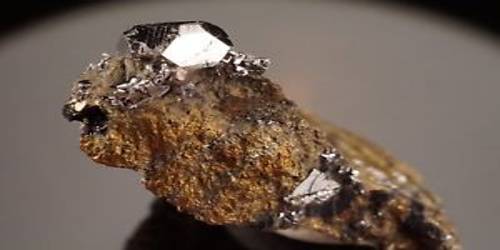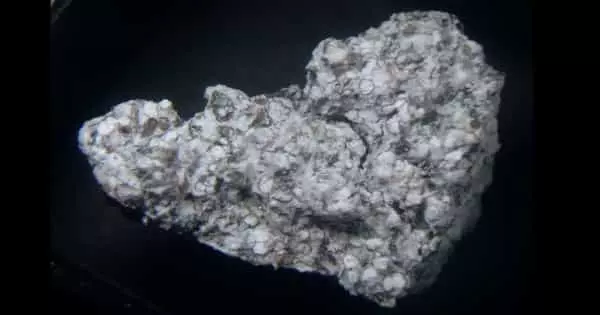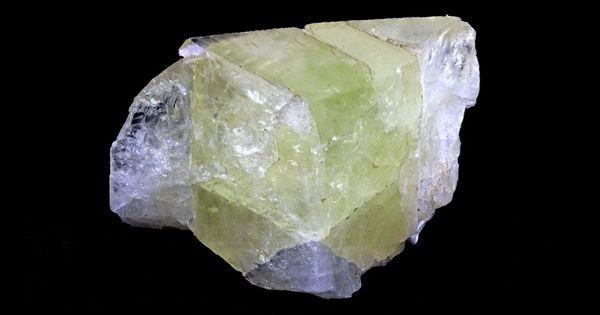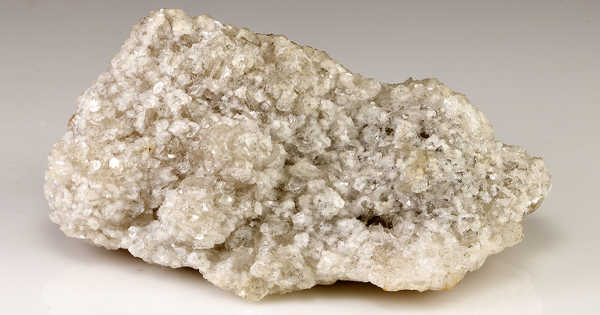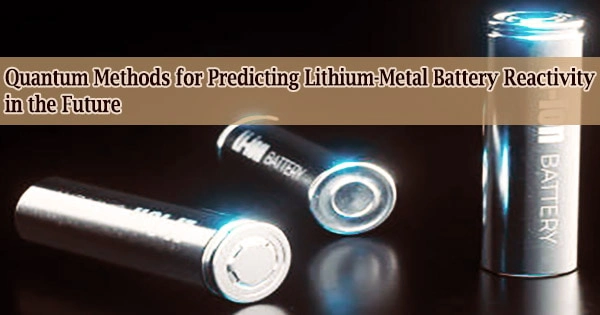Cabriite, formula- (Pd2SnCu) is a mineral first found in the eastern Siberian region of Russia and named for the Canadian mineralogist Louis J. Cabri (born 1934). It was named after Dr. Louis J. Cabri, a Canadian mineralogist working at the Canadian Centre for Mineral and Energy Technology, Ottawa, Canada. He is recognized for his contribution in providing detailed descriptions of many platinum group minerals.
General Information
- Category: Platinum Group mineral
- Formula: Pd2SnCu
- Crystal system: Orthorhombic
- Crystal class: Dipyramidal (mmm).
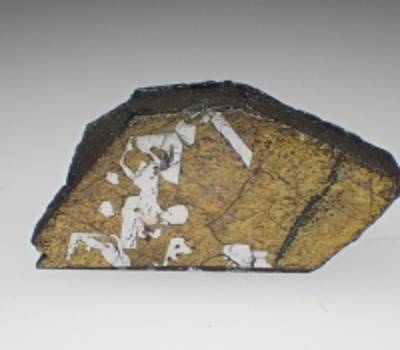
Properties
Cabriite can be identified in the field by its grayish white color and opaque form. It has a metallic luster. The density of cabriite is 10.7 gm/cm3 with a hardness of 4 to 4.5 between fluorite and apatite.
- Formula mass: 395.10 g/mol
- Color: grey white
- Mohs scale hardness: 4-4.5
- Luster: Metallic
- Diaphaneity: opaque
- Density: 11.1 (measured) 10.7 (calculated)
- Optical properties: Anisotropic
- Pleochroism: detectable
- Ultraviolet fluorescence: none
Occurrence
Cabriite occurs in the huge mooihoekite ore, and also in the galena–chalcopyrite veins. It is often associated with minerals such as mooihoekite, putoranite, talnakhite, paolovite, sobolevskite, sperrylite, gravesite, polarite, auricupride, cassiterite, stannite, chalcopyrite, valleriite, Galena, froodite, magnetite, silver, and sphalerite.
Information Source:
